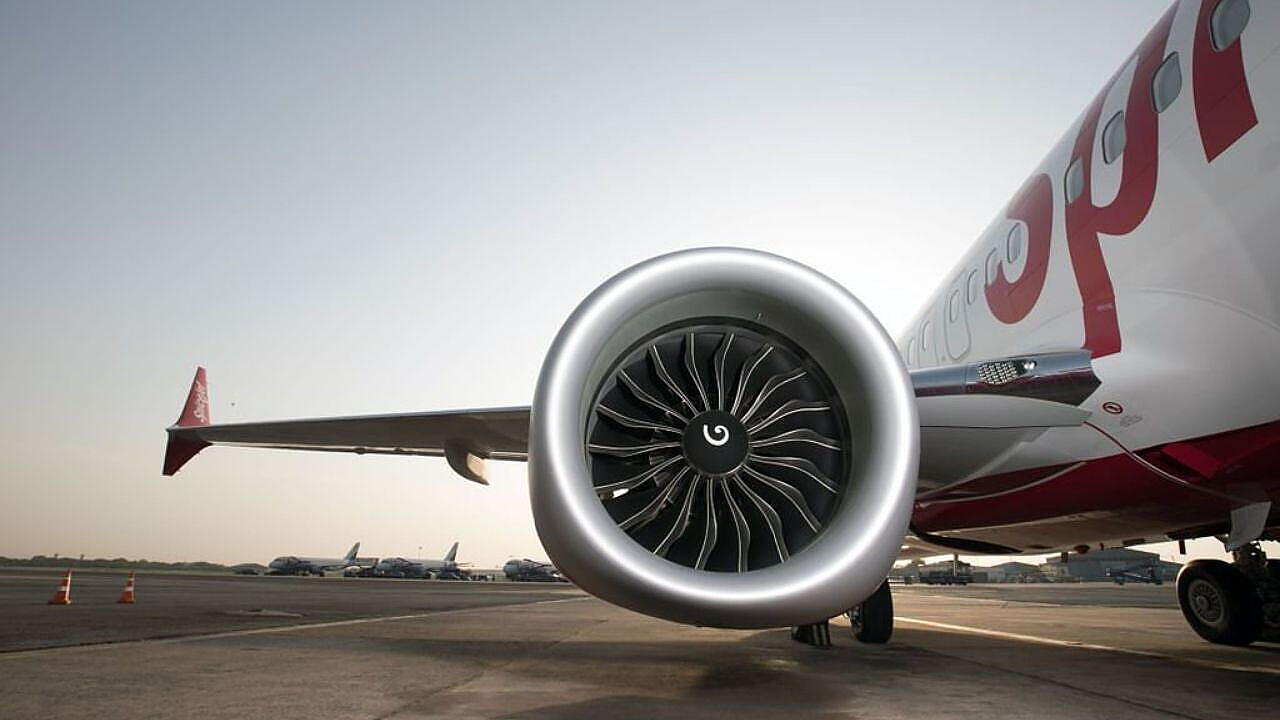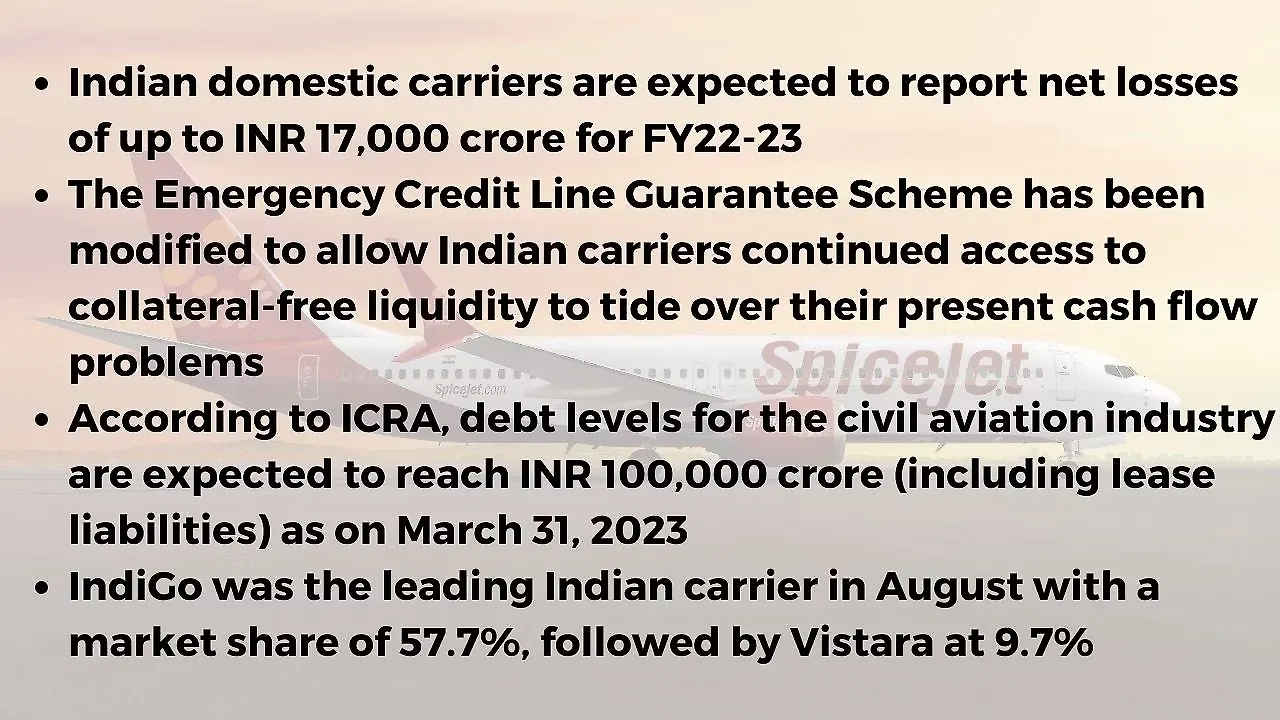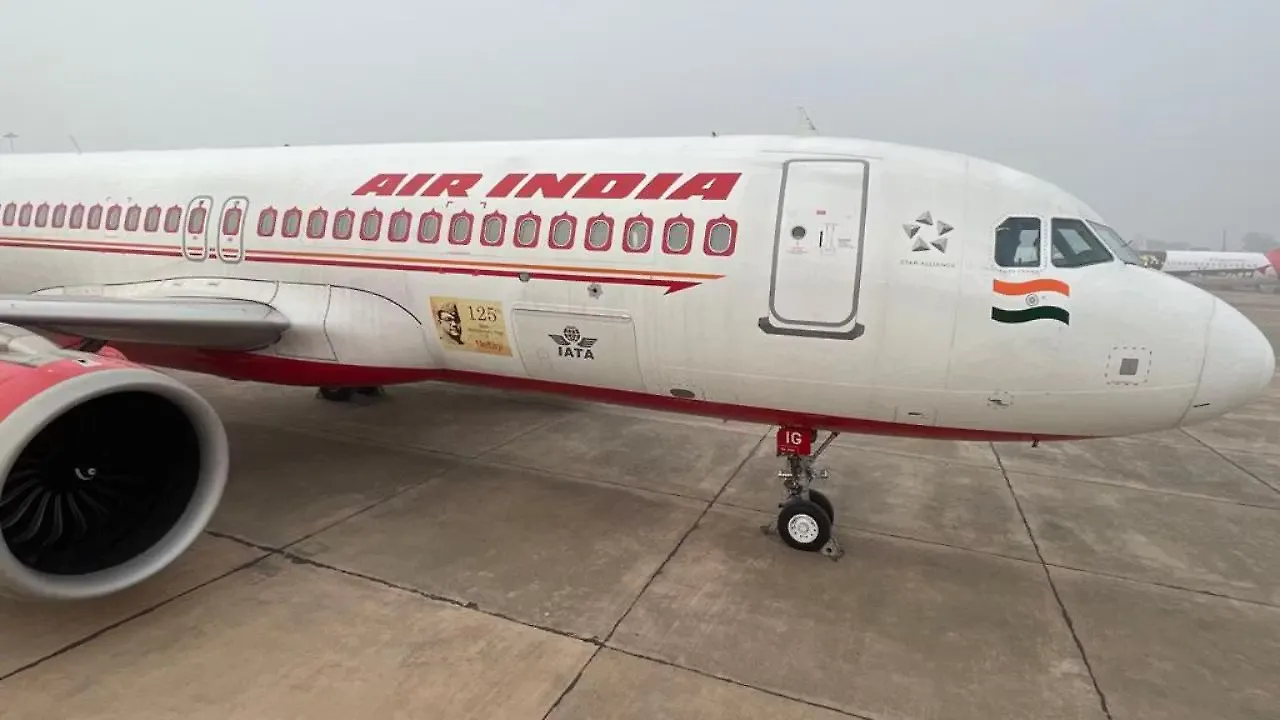
In an effort to ease the liquidity crunch of Indian carriers, the Department of Financial Services, Ministry of Finance (MoF) has modified the Emergency Credit Line Guarantee Scheme (ECLGS). This move will allow Indian carriers continued access to collateral-free liquidity to tide over their present cash flow problems.
Indian carriers continue to face a complex operating environment and rising input costs, which have impacted their efforts to return to profitability. The sharp spike has further hobbled them in ATF prices and the depreciation of the INR vis-à-vis the US$, and they expected to report net losses to the tune of up to INR 17,000 crore for FY22-23.
In a report released by ICRA in September, its Vice President & Sector Head, Suprio Banerjee, said that a fast-paced recovery in domestic passenger traffic is expected in FY23, aided by improving demand in leisure and business travel segments. Despite an expected improvement in passenger traffic, the industry is estimated to report a net loss of ~INR. 150-170 billion in FY23 (against INR 230 billion in FY22) due to elevated ATF prices and the recent depreciation of INR vis-à-vis the US$, both of which have a major bearing on the cost structure of airlines. The report also noted that the debt levels for the industry are expected to be around INR 100,000 crore (including lease liabilities) as of March 31, 2023.
Keeping in mind these continued challenges for the Indian commercial aviation sector, the Government has now enhanced the maximum loan amount eligibility for airlines under ECLGS 3.0 to 100% of their fund-based or non-fund-based loan outstanding as on the reference dates or INR 1,500 crore, whichever is lower. Out of this amount, INR 500 crore shall be considered, based on equity contribution by the owners, an MoF release stated. The ECLGS modifications aim to provide collateral-free liquidity to cash-strapped entities in the Indian civil aviation sector at reasonable interest rates to tide over their present cash flow problems.
As per earlier ECLGS norms announced in March last year, eligible borrowers were permitted to avail up to 50% of their highest total fund and non-fund-based credit outstanding, subject to a maximum of INR 400 crore per borrower. It was also announced last year that to lower further their cost of accessing non-fund-based credit, bank guarantees, letters of credit, and other non-fund-based facilities sanctioned under ECLGS 3.0 would be issued without any cash margin and subject to a cap of 0.5% per annum on the fee/commission. The MoF also extended the ECLGS scheme till March 2023. Loans sanctioned under ECLGS have crossed INR 3.19 lakh crore (as on 25 March), with about 95% of the guarantees issued for loans sanctioned to Micro, Small and Medium Enterprises (MSME).
Growth Returns Yet Challenges Abound
Despite the challenging high-cost environment, Indian carriers are witnessing resurgent air traffic demand, with 777.7 lakh passengers carried by domestic airlines during January-August 2022 against 460.45 lakh in the same period last year. This corresponds to annual growth of 67.38% and monthly growth of 50.96%. As of October 5, there were 5,367 domestic airport movements at Indian airports, with 2,683 departing flights and over 350,000 travelling passengers. For international travel, there were 895 international aircraft movements at Indian airports, with nearly 500 arriving flights and over 71,000 arriving passengers.

According to data provided by DGCA, IndiGo was the leading Indian carrier in August with a market share of 57.7%, followed by Vistara at 9.7%, then Go First and Air India at 8.6% and 8.5%, respectively. SpiceJet’s market share was at 7.9%, followed by Air Asia at 5.8%. According to data provided by the Ministry of Civil Aviation as on October 5, Air India had the highest passenger load factor at 85.3%, followed by Go First and Air Asia India at 84.3% and 83.4%, respectively. Vistara had a passenger load factor of 78.5%, followed by IndiGo which brought up the rear at 78.4%. However, Air Asia India and Air India led on on-time performance as on 5 October with 100% and 97%, respectively. This was followed by Vistara, Go First, IndiGo and SpiceJet at 94.2%, 93%, 92.5% and 90.2%, respectively.
Rising operating costs continue to pose an existential challenge to Indian carriers, and ATF prices are unlikely to decline in the near-to-medium term due to the ongoing Ukraine-Russia conflict. As per the ICRA report, ATF prices, as of September, on average, cost INR 124,400/KL, which was approximately 60% more expensive compared to the FY 2022 average of INR 74,171/KL. The report also said the depreciation of the INR vis-à-vis the US$ would have a major bearing on the cost structure of Indian carriers since 35–50% of their operating expenses – including operating lease payments, fuel expenses, and a significant portion of the aircraft and engine maintenance expenses are dollar terms.
SpiceJet Remains In The Air
SpiceJet remains in operation despite continued losses and a reduction in the number of aircraft in its fleet. The carrier is expected to be one of the major beneficiaries of the recently modified ECLGS scheme. “This latest decision of enhancing the ECLGS limit for the troubled airline sector will provide a tremendous boost for airlines. I request the Government once again for its support for including ATF under GST, which would be a game changer for the entire sector,” Ajay Singh, Chairman and Managing Director, SpiceJet, was quoted as saying in the Hindu Business Line. SpiceJet has also been looking to attract fresh investment into the airline to the tune of INR 1,600 crore.
SpiceJet had announced a net loss of INR 789 crore in Q1FY23 against a net loss of INR 729 crore in the same quarter a year ago. Company officials attributed the losses to record-high fuel prices and a depreciating rupee. SpiceJet’s total revenue for the reported quarter was INR 2,478 crore, which was nearly double its revenue in the same quarter of the previous year at INR 1,266 crore. SpiceJet had reported a net loss of INR 1,725 crore for FY22 against INR 998.3 crore in FY21. The carrier’s cargo operations division, SpiceXpress, has provided it with a much-required impetus and is slated to induct additional freighter aircraft in FY23.
Air India Accelerates Ahead
The Tata Group is slowly turning around the behemoth Air India Group, though it will take years to return to profitability. The most recent announcement towards this aspect was ‘Vihaan.AI’, the transformational roadmap plan for the next five years, focussing on growing its network and fleet, developing a completely revamped customer proposition, and improving reliability and on-time performance. Air India was aggressively bolstering its international footprint and announced in September that it would add 20 additional flights every week to Birmingham, London and San Francisco in phases from October.

Campbell Wilson, CEO & MD, Air India, said, “As Air India reinvents itself under the Vihaan.AI transformation programme, adding frequency and improving connectivity from major Indian cities to more international destinations is a significant focus. This sizeable frequency increase to the US and the UK, as well as the addition of new city pairs and improved aircraft cabin interiors, comes just ten months after Air India’s acquisition by the Tata Group. It is a clear signal of our intent and an early step towards a much bigger aspiration.”
IndiGo Looks To Cargo
IndiGo took delivery of its first A321P2F aircraft at the end of September, marking a major milestone in the carrier’s growing cargo aspirations. Mahesh Malik, Chief Commercial Officer-CarGo, IndiGo, said, ‘CarGo has always been a success story for us especially highlighted during the pandemic. The CarGo business brought in revenues when the scheduled commercial flights were at a standstill. Our partnership with the Airbus for freighter programme will further help strengthen our business in the CarGo segment and act as a strong engine of economic growth for the country. We remain optimistic on the future of Indian aviation, clearly, and the place of CarGo within it – and the expansion into a true freighter fleet is a testament to this confidence. ’The A321P2F (Passenger-to-Freighter conversion) is a passenger jet converted to a full freighter configuration and can carry a payload of up to 27 tonne with 24 container positions on offer. IndiGo’s A321PF fleet will make use of the airline’s existing pool of pilots and engineers. IndiGo leased the aircraft from funds serviced by Castlelake Aviation Holdings (Ireland) Limited.
Also Read
Upward Climb For Air India Group